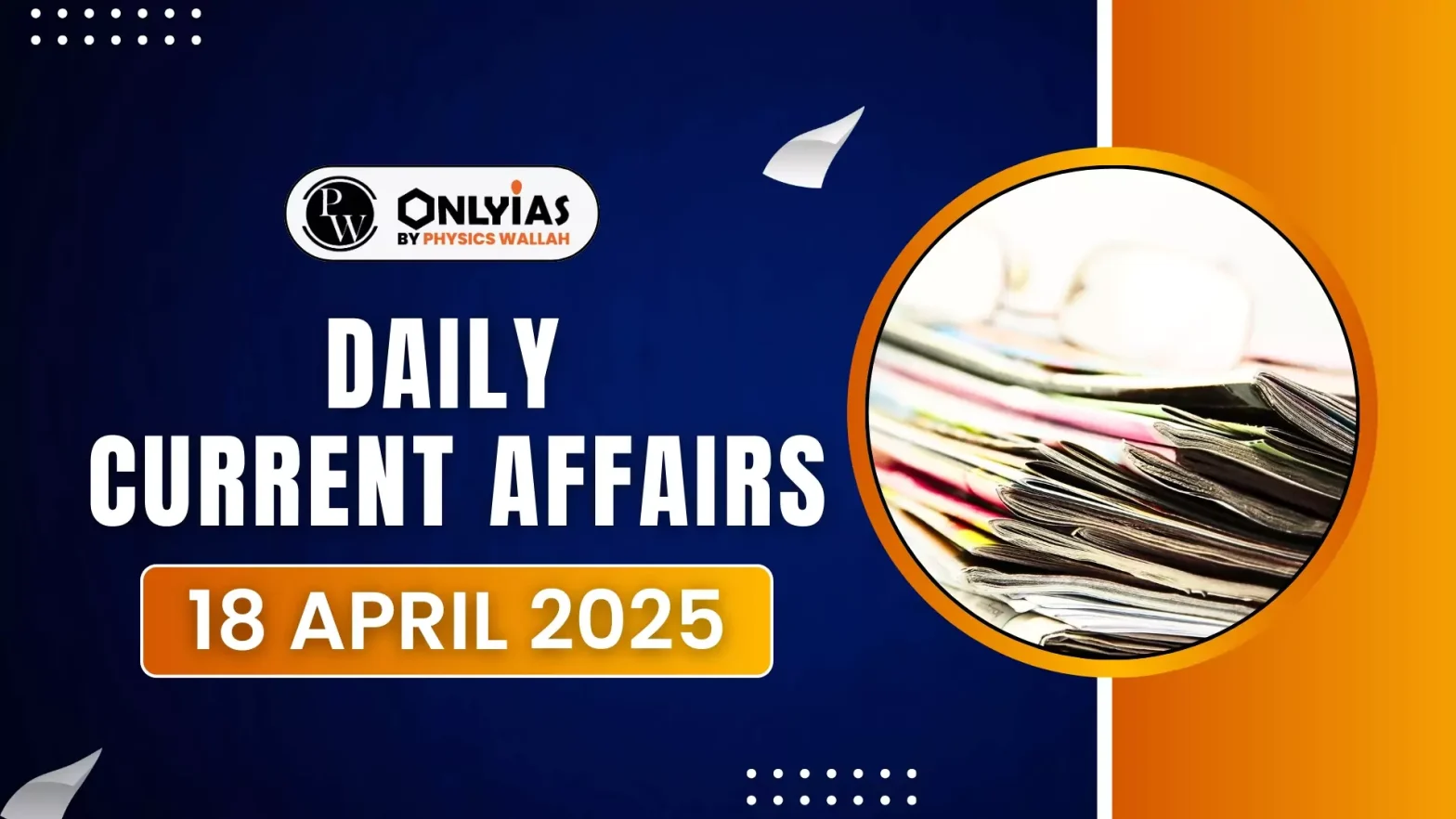![]() 18 Apr 2025
18 Apr 2025

In a landmark step toward quantum-secure communication, C-DOT (Centre for Development of Telematics) and Sterlite Technologies Limited (STL) successfully conducted India’s first Quantum Key Distribution (QKD) over a 4-core Multi-Core Fibre (MCF).
| PWOnlyIASExtraEdge
What is Multi-Core Fibre (MCF)?
|
|---|

<div class="new-fform">
</div>
